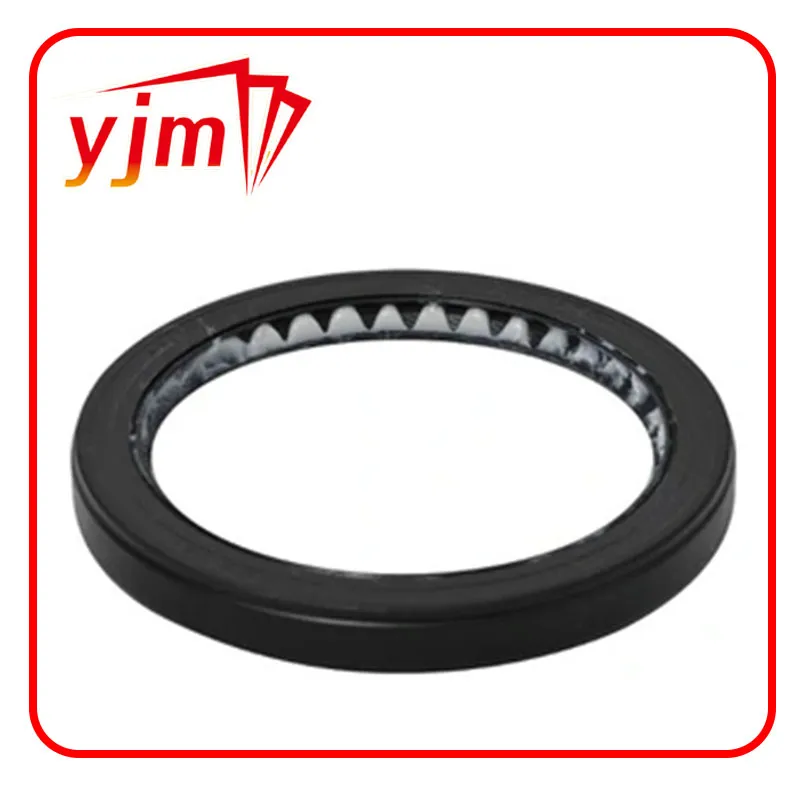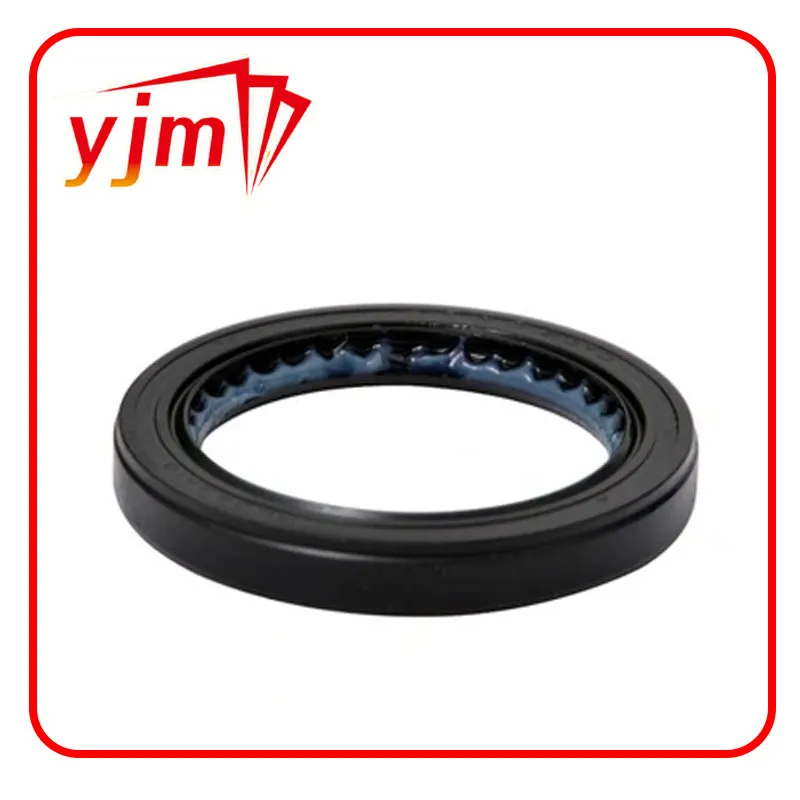
Đặc trưng
Availability of goods in Novokuznetsk To order Delivery within 3-4 days
State:New
Manufacturer:YJM
Part number:9031154006
Country of origin: China
Fits: For models Lexus NX200, ZGZ15 Lexus NX200t, AGZ15, AGZ15L, ZGZ15L Lexus NX300h, ZGZ15L Toyota Auris, NZE154, NZE154H, NZE184, NZE184H, ZRE154, ZRE154H Toyota Belta, NCP96 and 17 more models For engines 1NZFE, 2AZFE, 1NDTV, 1NRFE, 2NZFE and 15 more engines
Number: 90311-54006

Chi tiết
Position:Back
size: 55*69*8mm
Material:ACM
Do I have to use genuine Toyota oil?
When it comes to maintaining your Toyota vehicle, one common question is whether you must use genuine Toyota motor oil. The short answer is no—you are not strictly required to use Toyota-branded oil—but it's crucial to use engine oil that meets Toyota’s specifications. Genuine Toyota oil is specially formulated by Toyota engineers to match the performance, fuel economy, and durability needs of Toyota engines, including those with advanced technologies such as Variable Valve Timing (VVT-i) and hybrid systems. This oil is tested extensively for compatibility, resistance to oxidation, cold-start performance, and sludge prevention, ensuring maximum protection under a wide range of driving conditions.
However, Toyota does not mandate the use of its branded oil as long as the oil you choose meets the necessary industry standards. High-quality aftermarket oils from trusted manufacturers—such as Mobil 1, Castrol, Valvoline, or Shell—are often fully compatible with Toyota engines. What matters most is that the oil meets the API (American Petroleum Institute) certification and matches the SAE (Society of Automotive Engineers) viscosity rating recommended in your vehicle's owner’s manual. For example, many modern Toyota engines require 0W-20 synthetic oil with API SN, SP, or ILSAC GF-6 certification.
Using the correct grade and type of oil is vital to maintain engine efficiency, reduce emissions, and prevent premature wear or mechanical problems. If your vehicle is still under warranty, Toyota’s warranty guidelines specify that you can use non-genuine oil without voiding coverage, but the oil must meet all specified performance standards. Improper oil—whether too thick, too thin, or lacking necessary additives—can cause damage that may not be covered under warranty. Additionally, it’s essential to keep receipts and maintenance records to prove that your oil changes were done properly and with compliant products.
In conclusion, while genuine Toyota oil offers peace of mind due to its precise formulation for Toyota vehicles, you are not obligated to use it. As long as the engine oil you select adheres to Toyota’s recommended specifications, you can safely use quality alternatives. The key is not the brand, but the compliance with required oil standards. Whether you choose Toyota’s own oil or a trusted third-party brand, maintaining a regular oil change schedule and using the correct oil type is the best way to protect your engine and ensure long-term vehicle performance.
What is the Part Number for a Toyota Oil Seal?
A Toyota oil seal is a crucial component used in various systems within a Toyota vehicle to prevent the leakage of fluids—such as engine oil, transmission fluid, or differential oil—while keeping out contaminants like dust, dirt, and water. These seals are found around rotating or moving parts, such as the crankshaft, camshaft, axles, and drive shafts. They help maintain proper lubrication and protect mechanical systems from wear and damage.
The part number for a Toyota oil seal varies depending on the location of the seal (engine, transmission, axle, etc.), the vehicle model, engine type, and production year. Toyota uses a specific format for part numbers, typically consisting of 10 digits, often in the format .
Examples of Common Toyota Oil Seal Part Numbers
Here are a few examples of Toyota oil seal part numbers for different applications:
Crankshaft front oil seal (e.g., for a Camry 2.4L):90311-40020
Crankshaft rear main seal:90311-90006 or 90311-A0001
Camshaft seal:90311-32020
Differential side seal:90311-47027
Transmission output shaft seal:90311-35010
Each of these part numbers refers to a specific seal designed to fit a particular area and dimension. Using the exact part number ensures compatibility, proper fit, and performance.
How to Find the Correct Part Number
To find the correct Toyota oil seal part number for your vehicle, follow these steps:
Check the Owner’s Manual or Repair Manual
Toyota’s service literature sometimes lists part numbers or at least describes the seal by name and application.
Use an Online Toyota Parts Catalog
Websites like Toyota Parts Deal, Partsouq, or Amayama allow you to enter your Vehicle Identification Number (VIN) to look up the exact part numbers for your vehicle.
Contact a Toyota Dealership
Provide your VIN or license plate number to a Toyota service center, and they can identify the precise oil seal part you need.
Look at the Old Seal
If you’re replacing a worn-out seal, the part number is often stamped or printed on the outer edge of the old seal. Be sure to match size and material.
Why Using the Correct Part Number Matters
Oil seals are precision-engineered to match the shaft diameter, housing bore, and operating conditions (temperature, pressure, oil type). Using an incorrect part number may lead to:
Oil leaks
Premature wear
Improper fit
System contamination
Genuine Toyota oil seals are designed to meet OEM specifications, offering better durability, heat resistance, and chemical compatibility compared to generic aftermarket parts.
The part number for a Toyota oil seal depends on the vehicle’s year, model, engine, and the specific component it’s sealing. Always verify the correct number using your VIN and consult reliable parts catalogs or a Toyota dealership. Using the correct Toyota oil seal ensures the longevity and reliability of your vehicle’s engine and drivetrain systems.
Danh mục sản phẩm
Related News
-
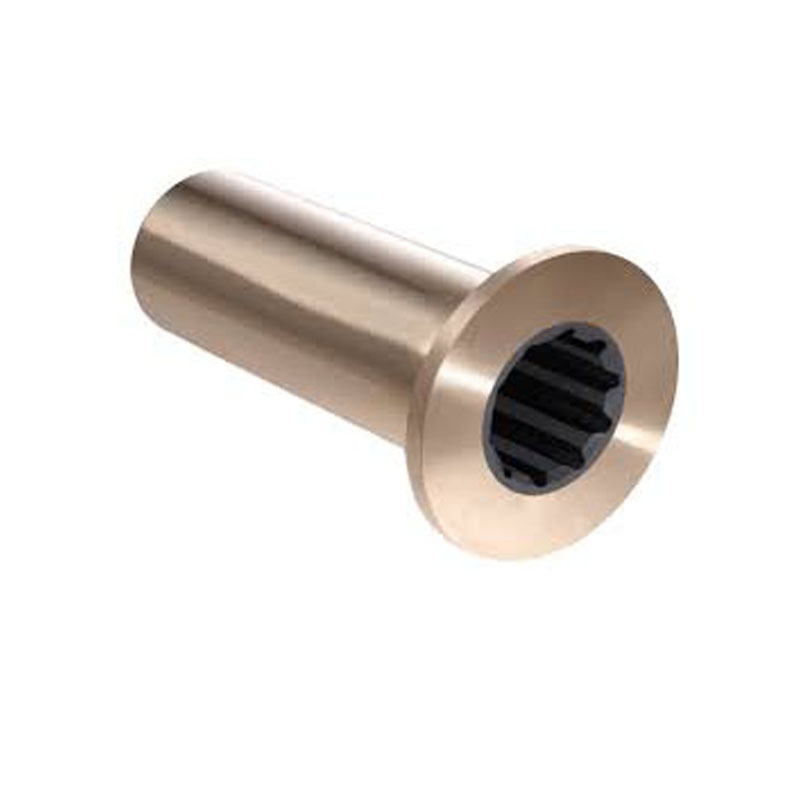 24 . Nov, 2025
24 . Nov, 2025Discover the key benefits and applications of the seal 12x20x5, a durable, cost-effective radial shaft seal used worldwide in machinery, automotive, and renewable industries.
hơn... -
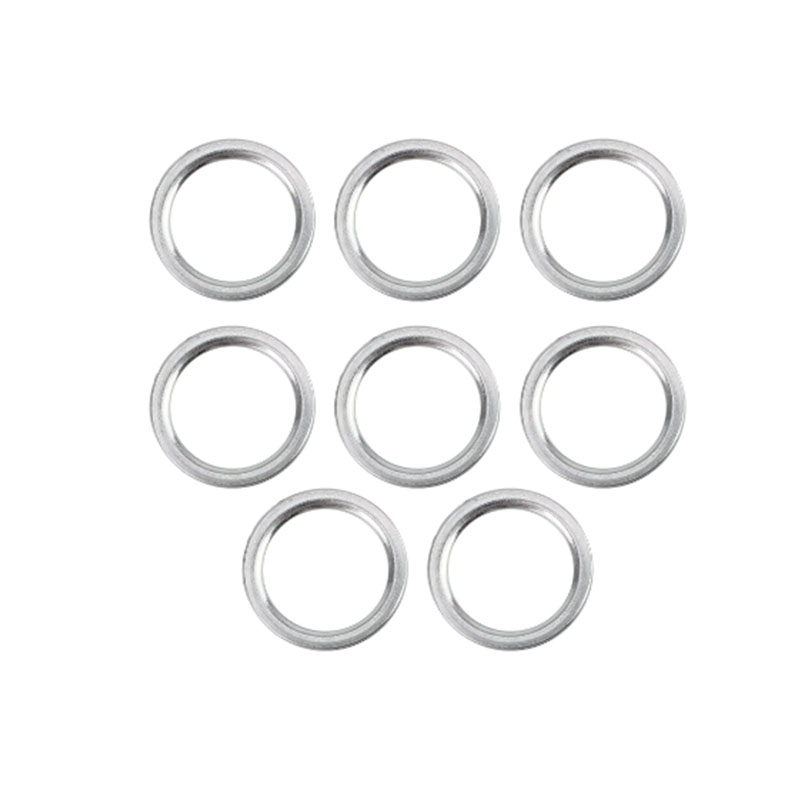 24 . Nov, 2025
24 . Nov, 2025Discover everything about seal 12x18x5 — from technical specs and global applications to vendors and FAQs. Ensure mechanical reliability with the right seal.
hơn... -
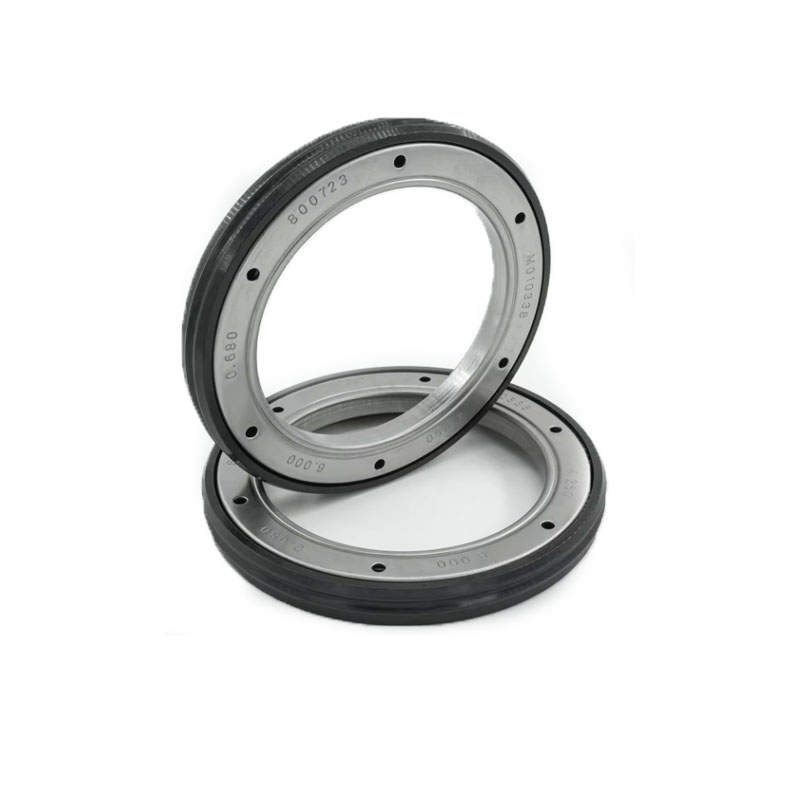 23 . Nov, 2025
23 . Nov, 2025Explore the essentials of seal 12 20 5, from definitions and specifications to global uses, benefits, and supplier comparisons. Discover why these seals are vital across industries.
hơn...
